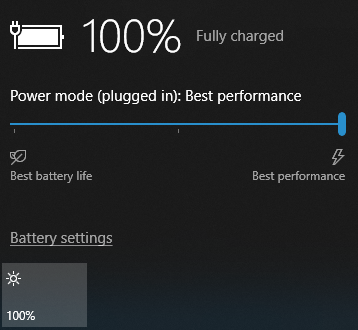Testing interactions between components in a distributed system context tends to involve full-scale integration testing rather than fast unit testing. This requires developers to wait for a deployment to execute, rather than having immediate feedback along the test-driven-development cycle. The use of the provider model in Orleans takes much of this pain away, as we can instead mock and fake the base services and providers, while relying on them to do the right thing at run time. We can still have deployment-time integration testing, but with Orleans, it is easy to have immediate testing feedback at development time.
This article describes how we can go about this, and it is based on the unit testing sample I’ve added to the Orleans repository.





